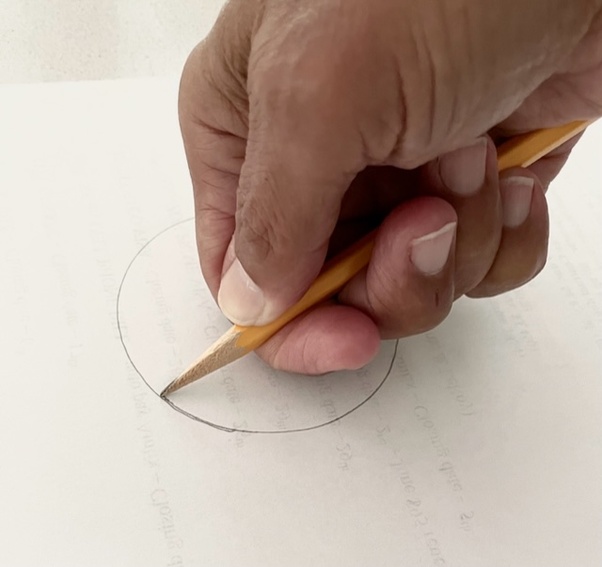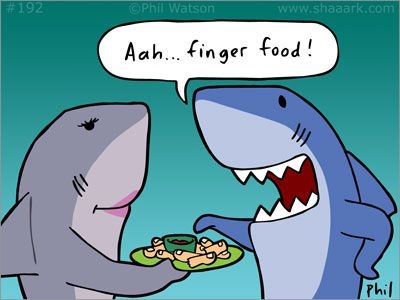Facebook remains one of the largest and most popular social media platforms in the world. It boasts billions of active monthly users globally and continues to be a prominent player in the social media landscape.
However, it's important to note that the popularity and relevance of social media platforms can evolve over time. New platforms may emerge and gain popularity, and user preferences may shift. Additionally, public opinion and concerns regarding privacy, content moderation, and other issues can impact the perception and usage of social media platforms.
Facebook has faced criticism and controversies in recent years related to data privacy, misinformation, and its impact on society. These issues have led to increased scrutiny and regulatory measures. However, despite these challenges, Facebook still maintains a substantial user base and continues to be a significant platform for communication, networking, and content sharing.
Some people can experience withdrawal or feelings of discomfort when Facebook or other social media platforms are not available to them. This phenomenon is often referred to as "social media withdrawal" or "social media detox symptoms."
Social media platforms like Facebook have become deeply integrated into the lives of many individuals, serving as a means of communication, social connection, information sharing, and entertainment. As a result, people can develop a reliance on these platforms, and when they are suddenly unavailable or intentionally avoided, some individuals may experience withdrawal-like symptoms.
Common symptoms of social media withdrawal can include:
Restlessness: Feeling agitated, anxious, or restless due to the absence of social media stimulation.
FOMO (Fear of Missing Out): The fear of missing out on important news, events, or social interactions that are commonly shared on social media.
Irritability: Becoming easily frustrated or irritable when unable to access social media or engage with one's online social circle.
Cravings: Experiencing strong desires or cravings to check social media, similar to the cravings experienced in other forms of addiction.
Increased boredom: Feeling a lack of stimulation or difficulty finding alternative activities to replace the time spent on social media.
It's important to note that the intensity and duration of these withdrawal symptoms can vary among individuals, depending on factors such as their level of dependence on social media, the duration of abstinence, and their overall psychological well-being. For some, the withdrawal symptoms may be mild and temporary, while for others, they can be more pronounced and may require time to adjust to the absence of social media.
If someone is experiencing significant distress or impairment due to their reliance on social media or if the withdrawal symptoms persist for an extended period, it may be beneficial to seek support from mental health professionals who can provide guidance and strategies to manage social media use in a healthy and balanced manner.
It's worth keeping in mind that the social media landscape is dynamic, and the status of platforms can change over time. Newer platforms may gain traction, and user preferences may shift. So, while Facebook may continue to evolve and face challenges, it is not currently considered "dead" in terms of its user base and overall impact.
Here is an overview of how Facebook handles user data. Please note that Facebook's data practices may evolve over time, so it's essential to refer to the most recent information and Facebook's privacy policies for the most accurate and up-to-date details.
Facebook collects and utilizes user data primarily to provide and improve its services, personalize user experiences, and deliver targeted advertisements. Here are some key points regarding Facebook's data practices:
Data collection: Facebook collects various types of data from its users. This includes information provided during account creation (such as name, email, and date of birth), content shared on the platform (posts, photos, videos), interactions with other users (likes, comments), device information, location data, and data from third-party websites and apps that use Facebook's advertising tools.
Data usage: Facebook uses the data it collects for several purposes. This includes delivering and enhancing its services, personalizing the content shown to users, conducting analytics, research, and troubleshooting, and improving safety and security on the platform. Facebook may also use the data to display targeted advertisements to users based on their interests and online behaviour.
Data sharing: Facebook may share user data with third parties under certain circumstances. This can include sharing data with advertisers, developers using Facebook's platform, or in response to legal requests from law enforcement or government agencies. Facebook may also share data within its family of companies, which includes Instagram and WhatsApp.
Privacy controls: Facebook provides privacy settings and controls that allow users to manage the visibility and accessibility of their data. Users can adjust their privacy settings to control who can see their posts, profile information, and other data shared on the platform. It's important for users to review and customize their privacy settings according to their preferences.
It's worth noting that Facebook has faced scrutiny and criticism in the past regarding its data practices, particularly related to user privacy and data security. The company has taken steps to enhance privacy controls and provide more transparency regarding data usage. However, it's essential for users to stay informed about privacy settings, review Facebook's privacy policies, and make informed decisions about what data they share and how it is used.
The Wizard has been off Facebook for about 2 years, and I don't miss it at all. I left because there were more fake ads in my feed that would just steal my information!
Source: Some or all of the content was generated using an AI language model














.svg.png)






















